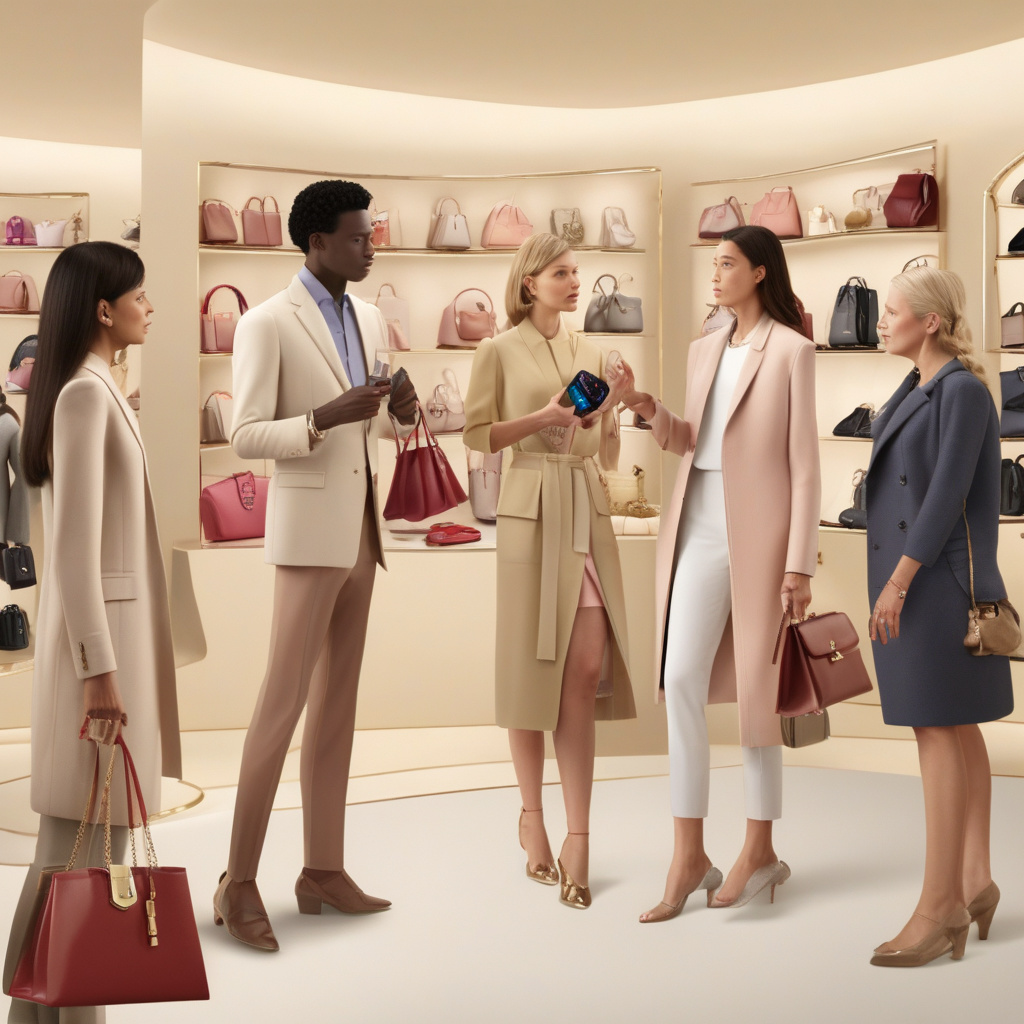Consumers Willing to Pay More for Premium Experience
In a world where choices abound and competition is fierce, businesses are continually seeking ways to differentiate themselves. One trend that has emerged prominently is consumers’ willingness to pay more for a premium experience. This phenomenon is especially relevant in retail, where customer satisfaction and loyalty are paramount. Brands that understand and leverage this preference can not only enhance their bottom line but also foster long-lasting relationships with their clientele.
Recent studies indicate that consumers are increasingly prioritizing quality over quantity. According to a 2022 survey by Deloitte, 71% of consumers reported that they would pay a premium for a better shopping experience. This shift in consumer behavior highlights a significant opportunity for businesses to rethink their strategies and invest in enhancing the overall customer journey.
Several factors contribute to this willingness to pay more. First and foremost, customers are seeking personalized experiences. In an age where technology allows for tailored recommendations and bespoke services, consumers have grown to expect more from retailers. For instance, luxury brands like Gucci and Chanel have long understood the importance of personalization, offering exclusive collections and bespoke shopping experiences that cater to individual tastes. Such strategies not only justify higher price points but also create a sense of exclusivity that consumers find appealing.
Moreover, the growing consciousness around sustainability has led consumers to choose brands that align with their values. A 2023 report from McKinsey found that 67% of consumers are willing to pay more for sustainable products. Retailers that adopt eco-friendly practices and communicate their sustainability efforts effectively can command premium prices. Brands like Patagonia have set a precedent in this arena, demonstrating that a commitment to the environment can enhance brand loyalty while allowing for higher pricing.
Additionally, the rise of social media has influenced consumers’ perceptions of value. Platforms like Instagram and TikTok have created a culture of aspiration, where the aesthetics of products and experiences play a significant role in consumer decision-making. Brands that invest in high-quality visuals and marketing campaigns that resonate with their target audience are likely to attract consumers willing to pay extra. For example, Glossier, a beauty brand that thrives on social media, has built a cult following by focusing on community engagement and user-generated content. Their premium pricing reflects not only the quality of their products but also the aspirational lifestyle they promote.
The premium experience is not limited to products alone; it extends to customer service as well. A report from Zendesk revealed that 87% of consumers will pay more for better customer service. Businesses that prioritize exceptional service can create memorable interactions that lead to increased customer loyalty. For instance, Zappos, an online shoe and clothing retailer, is renowned for its customer service excellence. Their commitment to going above and beyond for customers has resulted in a loyal customer base willing to pay more for the assurance of quality service.
Furthermore, the importance of ambiance in retail spaces cannot be overlooked. Stores that provide an inviting atmosphere and an enjoyable shopping experience can command higher prices. Consider Apple’s retail stores, which are designed to offer an immersive experience that showcases their products in an aesthetically pleasing environment. By investing in well-designed spaces and knowledgeable staff, Apple not only enhances the shopping experience but also encourages consumers to make premium purchases.
As businesses strive to capitalize on this trend, it is essential to understand the demographics of consumers willing to pay for premium experiences. Millennials and Generation Z are particularly inclined to prioritize experiences over material goods. A study by Eventbrite found that 78% of millennials would rather spend money on experiences than on things. This generation values authenticity, uniqueness, and social connection, making it crucial for brands to create experiences that resonate with their values.
In response to these changing preferences, businesses must innovate continuously. A strategy that worked yesterday may not suffice tomorrow. Companies that invest in research and development to understand consumer preferences can tailor their offerings to meet evolving demands. For example, the rise of subscription services, such as Dollar Shave Club and Blue Apron, reflects a shift towards convenience and personalized experiences. These brands have successfully tapped into consumers’ readiness to pay for curated experiences delivered right to their doorsteps.
In conclusion, the trend of consumers willing to pay more for premium experiences presents both challenges and opportunities for businesses. Companies that prioritize quality, personalization, sustainability, and exceptional service can thrive in this competitive landscape. By staying attuned to consumer preferences and continuously evolving their strategies, businesses can not only meet but exceed the expectations of their clientele. The willingness to invest in a premium experience is not just a trend; it represents a fundamental shift in consumer behavior that savvy retailers cannot afford to ignore.
premiumexperience, consumerbehavior, retailstrategy, customerloyalty, sustainability
